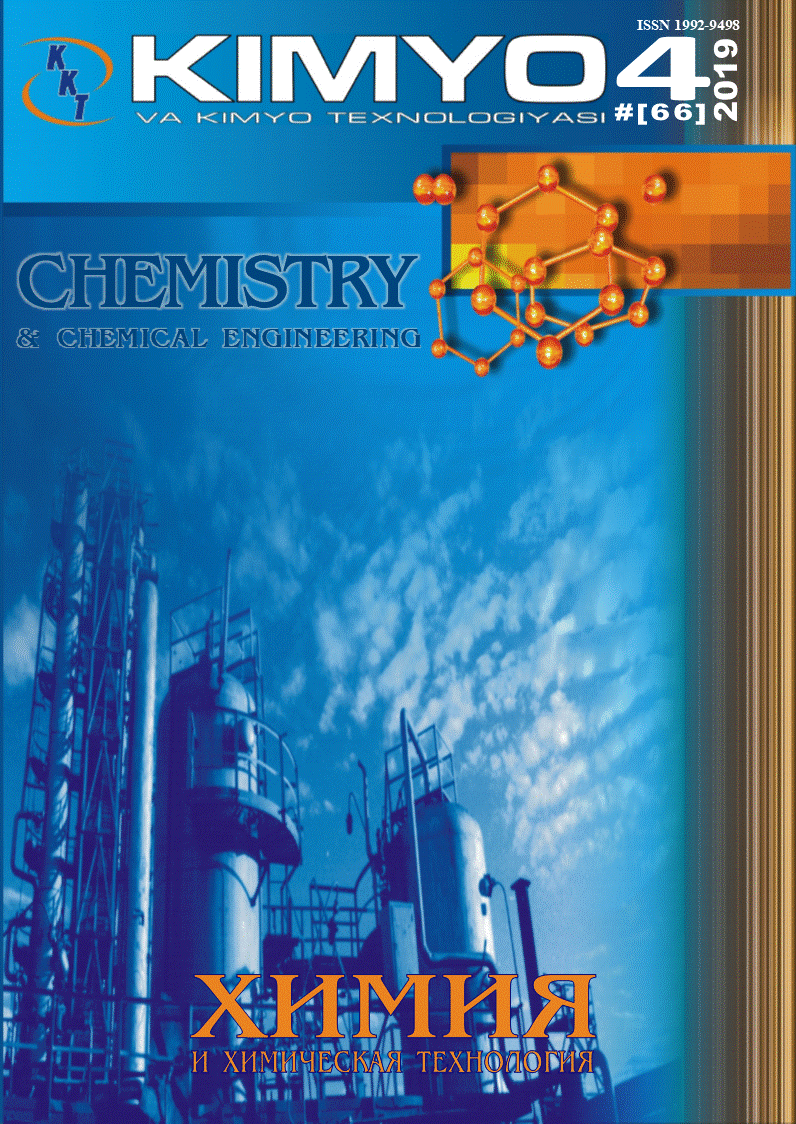
Abstract
Attention to 2-allylphenol (2-AF) and its synthesis is due by the fact that this compound is the starting material for the production of a number of biologically active natural compounds, such as synthetic fungicide. A number of recent publications have shown the high activity of zeolite, rhodium, iridium, and ruthenium catalysts in allylation reactions. The lack of these catalysts is their high cost. Therefore, the use of new effective and inexpensive catalysts in the reactions of synthesis and isomerization of allyl phenyl ether is important problem. The aim of this work is the selective synthesis of o-allylphenols in the isomerization of allyl phenyl ether under mild conditions using nanostructured catalysts. The methodology of the work is in finding new available and effective catalysts for the synthesis and targeted isomerization of allyl phenyl ether. When using nanostructured catalysts in the reaction of isomerization of allyl phenyl ether, using a mass chromatography method, it was found that the products of isomerization of allyl phenyl ether for one hour at a temperature of 90-95 °C are: (56%) 2-allylphenol; (2%) p-allylphenol, (12%) allyl-o-allyl phenyl ether, (4%) allyl-p-allyl-phenyl ether, and (26%) unisomerized allyl phenyl ether. For the first time the possibility of using small amounts of nanostructured catalyst Fe/SiO2·TiO2 in the synthesis of allyl phenyl ether and of its isomerisation products has been shown.
Recommended Citation
Khusniddin, MUSAEV; Gulmira, AZIMOVA; Khabibulla, TAJIMUKHAMMEDOV; and Мukhabbat, YULDASHEVA
(2019)
"Influence of nanostructural catalyst in the synthesis of allyl phenyl ether and of its isomerization products,"
CHEMISTRY AND CHEMICAL ENGINEERING: Vol. 2019:
No.
4, Article 21.
DOI: https://doi.org/10.70189/1992-9498.1144
Available at:
https://cce.researchcommons.org/journal/vol2019/iss4/21
